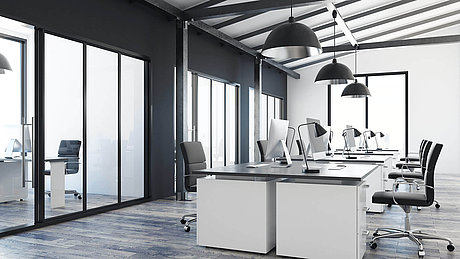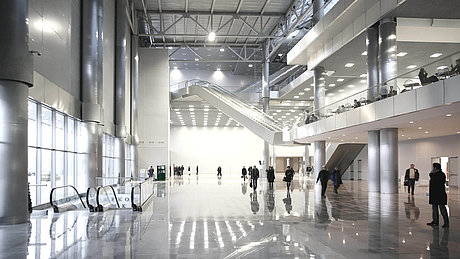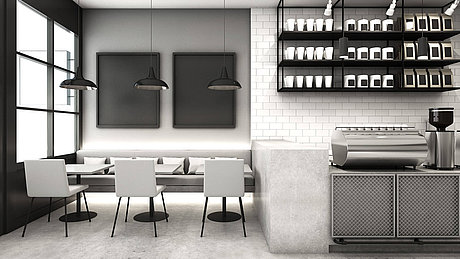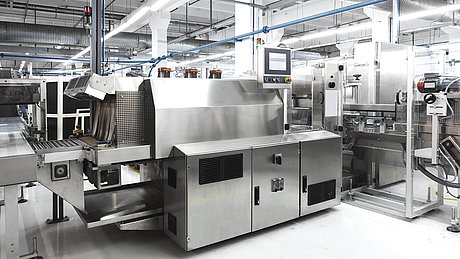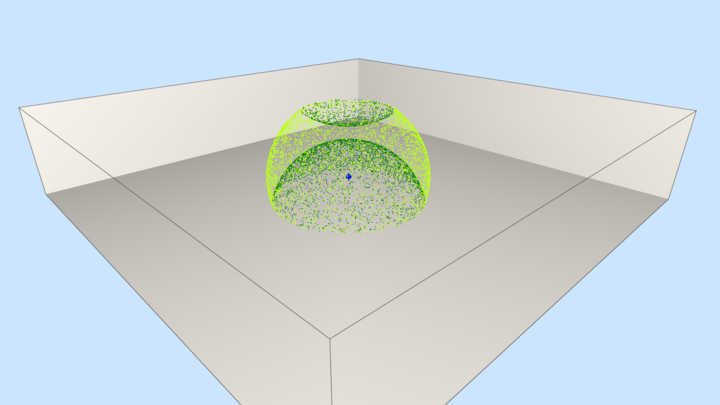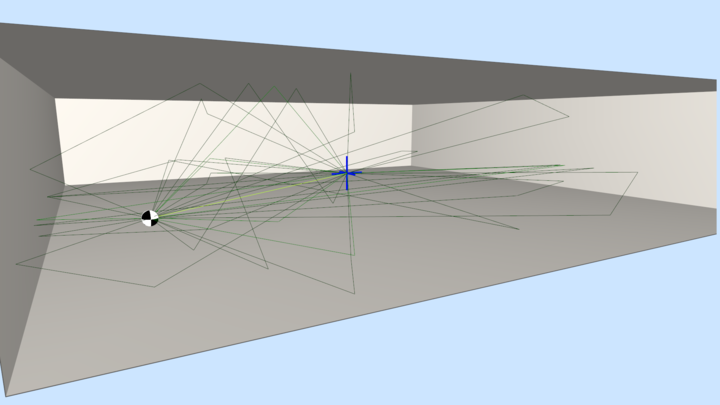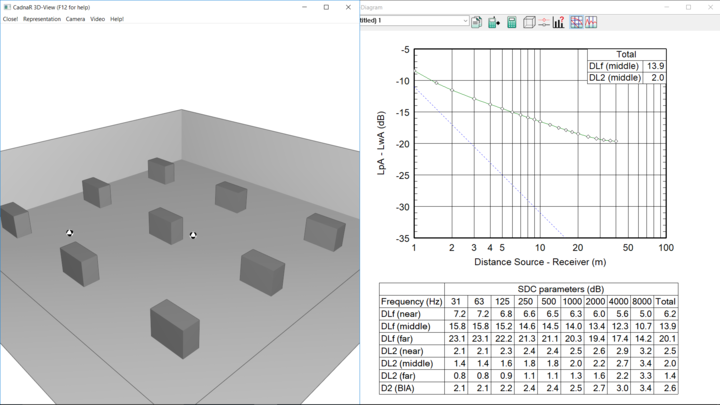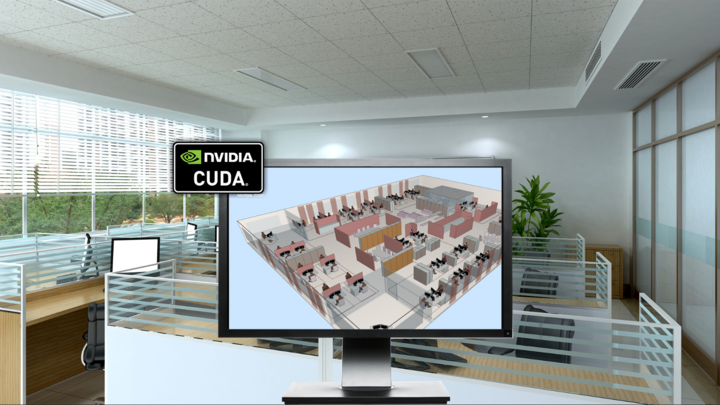Calculation technology
CadnaR allows you to choose the calculation strategy from a selection of scientific and highly efficient calculation methods. Depending on the selected method, acoustical effects such as the absorption, scattering or transmission on any obstacle are taken into account.
Further performance improvements are based on up-to-date and innovative technologies. This includes a true native 64-Bit version and the possibility to use the processing power from your graphics card in your project.
